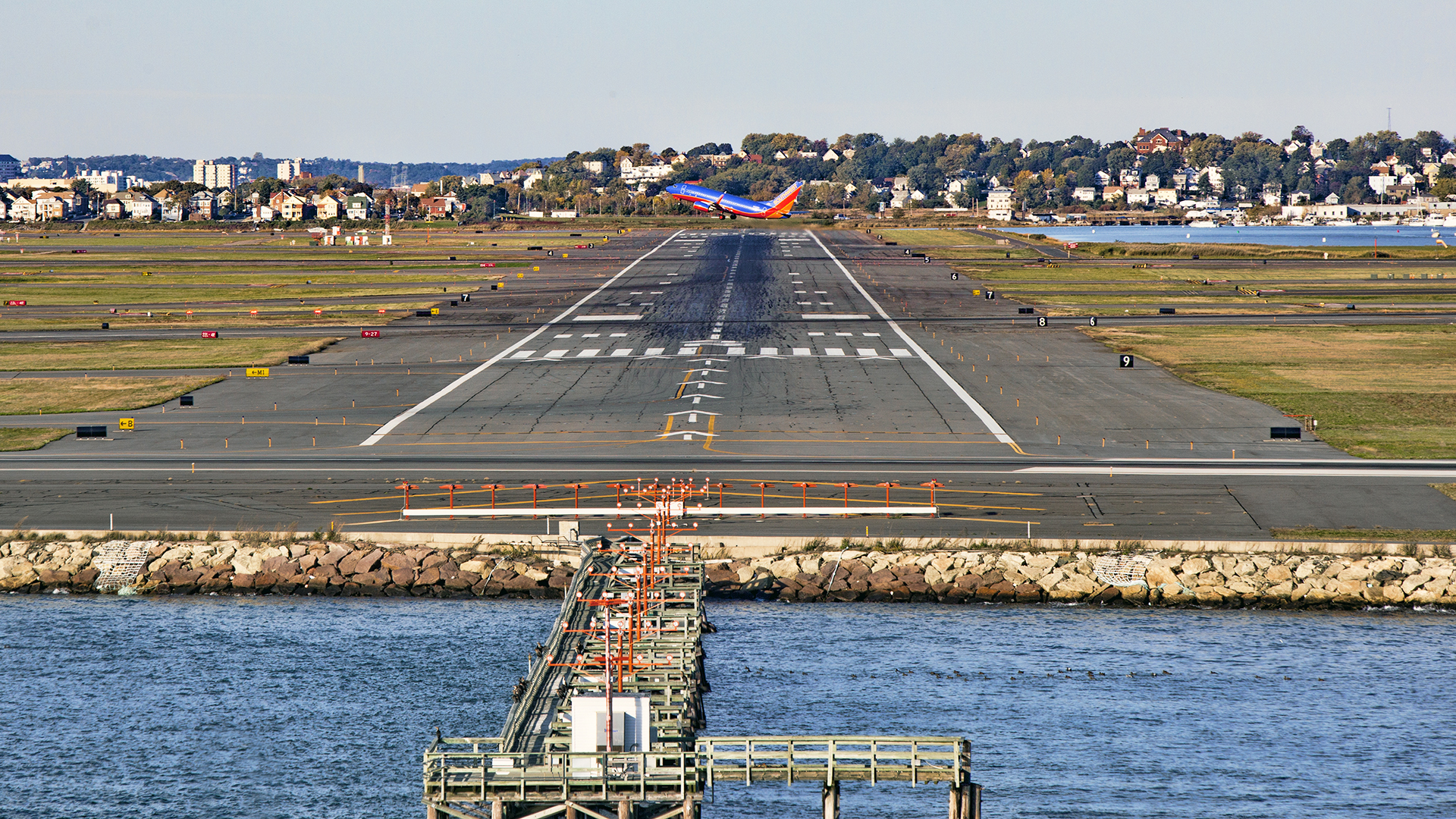A video on social media recently caught our eye that depicts a somewhat precarious-looking approach to Logan International Airport in Boston, Massachusetts. From a cockpit perspective, it shows a towering cruise ship in the approach path to one of the airport’s runways, with the aircraft buzzing just above it before descending onto the landing area. It’s an approach unlike any we have seen before, and after some investigation, it turns out it is indeed unique and there are special procedures in place to separate landing planes from the tops of large vessels that may be occupying the channel in front of one runway in particular.
The airstrip in question is Logan’s runway 4R which measures just over 10,000 feet in length and about 150 feet wide. Sitting directly off the end of the 4R is the Port of Boston’s main shipping channel, which feeds into the Paul W. Conley Container Terminal where multiple shipping companies bring in goods to support the New England regional economy.
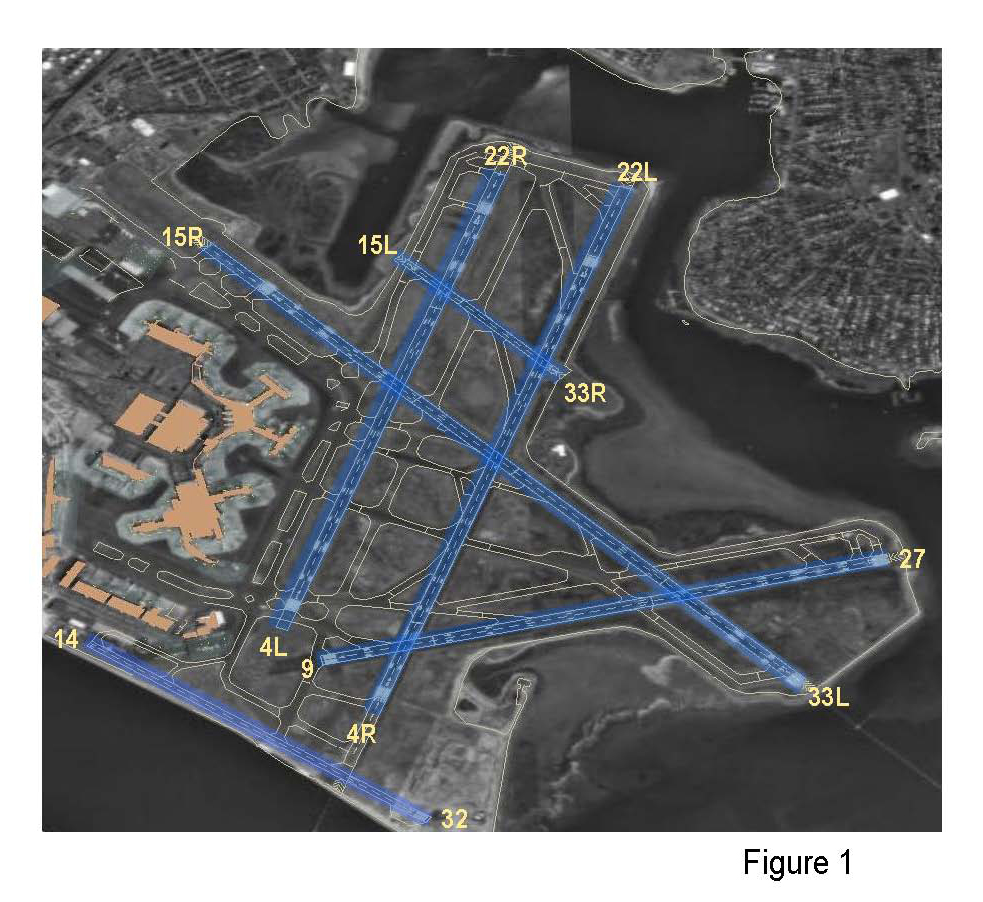
Massive shipping vessels frequently transit the channel, with the largest ever recorded having traveled through the port last October carrying 13,500 shipping containers. However, sizable yachts, cruise ships, and various other boats commonly populate these waters too.
The landing recorded in the footage is just one example, though, as over 7,000 arrivals have already been conducted using 4R so far this year, according to runway use data provided by the Massachusetts Port Authority (Massport), which runs Logan. Still, it isn’t clear exactly what the circumstances were for the approach seen as the aircraft seems to come awfully close to the cruise ship’s funnel.
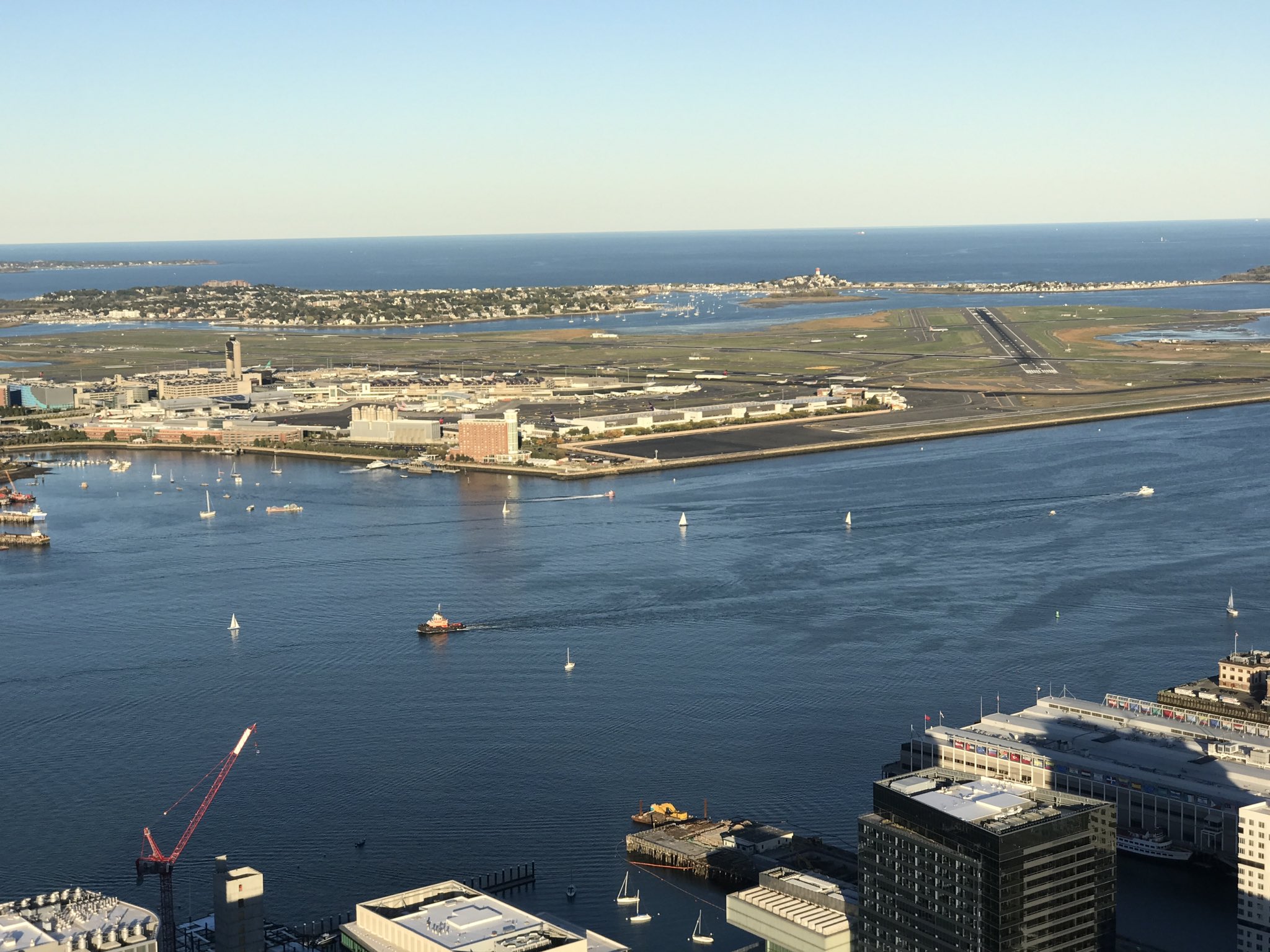
Regardless, The War Zone reached out to the Federal Aviation Administration (FAA) to learn more about the procedures used by Logan’s air traffic controllers and pilots to facilitate safe landings at 4R in such scenarios.
“The air traffic control tower at Boston Logan International Airport follows a Standard Operating Procedure, which outlines how air traffic control safely moves aircraft on and around the airfield,” said an FAA spokesperson. “The SOP includes procedures that controllers should use when a tall vessel is in the channel. Different procedures apply based on vessel size ranging from no action, to a verbal warning to pilots to visually observe the vessel, to prohibiting approach when very tall vessels exceeding height limits are close by.”
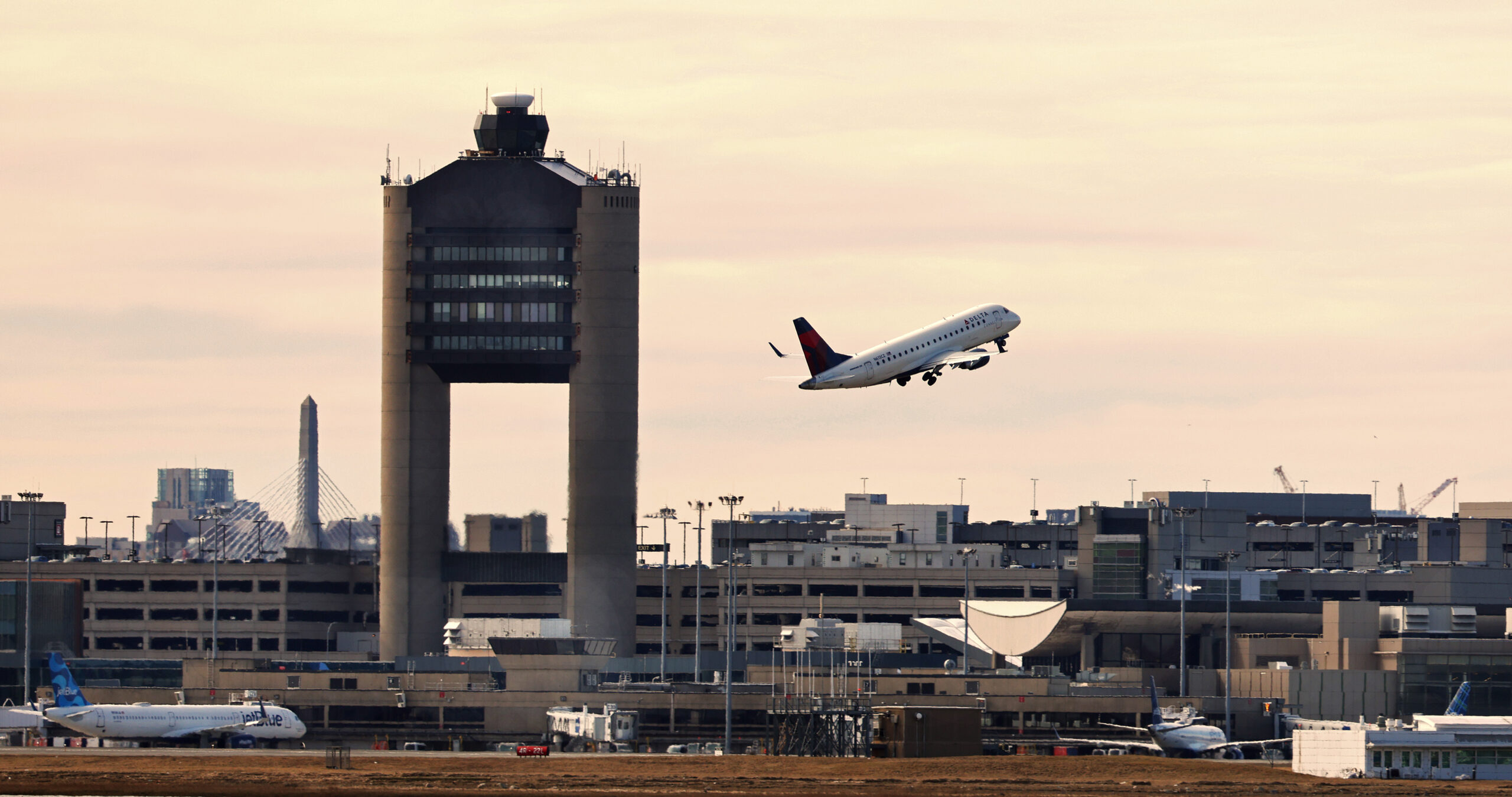
Additionally, professional pilot and friend of The War Zone @thenewarea51 offered insight from his own experience approaching Logan. “Prior to flying into Logan, you always get the ATIS (recording information about the airport and its current operating conditions), and if tall vessels are transitioning the approach end of runway [4R], you would be informed via ATIS and Air Traffic Control. You know not to expect the ILS or RNAV instrument approaches as they’re not authorized when tall vessels are transitioning.”
Additional details about these procedures can be found in the National Oceanic and Atmospheric Administration’s U.S. Coast Pilot books, as well. The literature states that the operators of especially tall vessels have a responsibility to report their presence in the channel to Massport themselves. One entry from this year, in particular, explains the notification process as follows:
“Vessels with an air draft height of 85 feet (26 meters) or greater are advised to report their maximum air draft heights (including masts, cranes, antennae, or other projections) when anchored or in transit in Boston Harbor between Deer Island and the World Trade Center. Notification is to be made to the Massachusetts Port Authority’s Communication Center, preferably via telephone … Vessels without telephone capability are requested to provide notification to Coast Guard Sector Boston on VHF channel 81, to be relayed via telephone to the Massachusetts Port Authority’s Communication Center.”

There is, however, the possibility that the sailors of these towering ships could fail to communicate their information to Massport. In these cases, the FAA noted that the control tower at Logan uses a Tall Vessel Detection System designed by the Massachusetts-based ProSensing, Inc. that uses radar to detect larger ships so the information can be reported to the necessary pilots when needed and approach operations can be halted if required.
The FAA spokesperson explained that the system, which was installed in 2009 and cost $1.3 million, “shows vessel size and location and helps controllers dictate which procedure aircraft should follow when approaching the runway.” The radar also is reportedly paired with an infrared camera system that is in place at Logan for the purpose of detecting ships in the main channel when dismal weather conditions have obscured the control tower’s view.
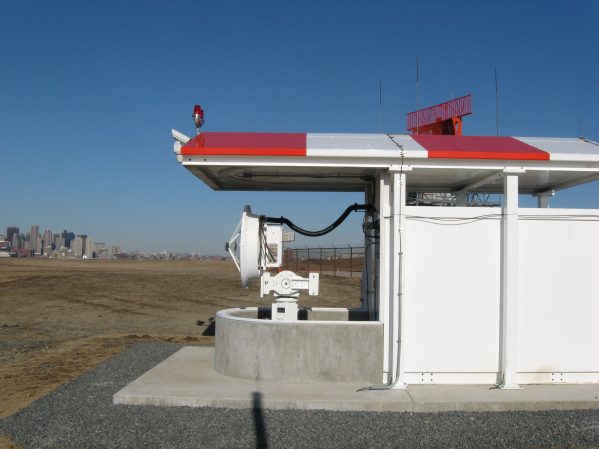
According to an academic paper titled Marine Vessel Height Detection and Display System at Logan International Airport published in 2009, the Tall Vessel Detection System is a high-resolution dual radar that “consists of a conventional X-band marine radar for tracking ships and a narrow beam, W-band radar system used to scan ships to determine their height.”
“The system provides coverage of ships within a 10,000-ft wide surveillance zone in the Boston Harbor Channel centered on the approach to Runway 4R/22L,” the paper added. “The system provides controllers with a visual display of ship position, height, and time of entry and exit into and out of the runway protection zone. The system also provides audible alerts whenever ships exceed allowable height limits.”
Although perhaps a bit treacherous, the then-Director of Aviation at Massport Thomas Kinton was quoted in a 2006 Boston Globe article as saying that any delays caused by a passing ship are minimal.

“It’s never been a problem for me since Logan has so many runways,” @thenewarea51 said. “On a VFR or clear day, the tower controller will always point out the tall vessels and make sure you have them in sight prior to landing on [4R].”
If anything, 4R at Boston’s Logan International Airport seems to be among the more unique runways, with its huge, slow-moving obstacles that can come and go.
Contact the author: Emma@thewarzone.com
